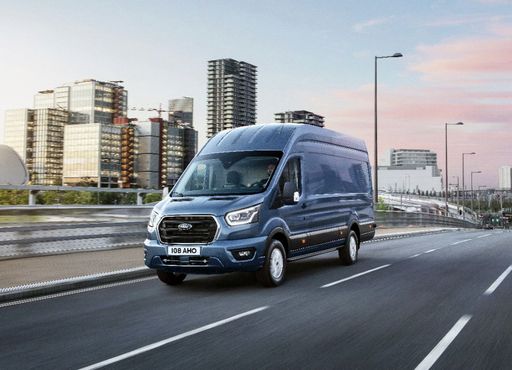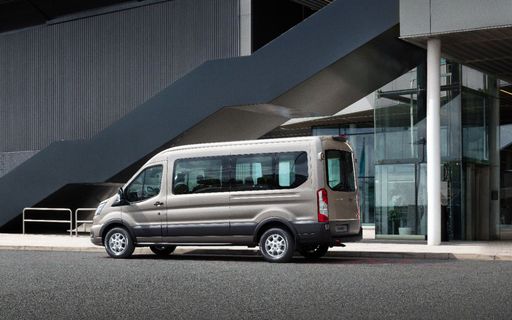Ford Transit Custom Transporter vs. Opel Vivaro: The Workhorse Comparison
When it comes to commercial vans, the Ford Transit Custom and the Opel Vivaro have carved out a significant niche for themselves. Both vehicles combine practicality with performance, making them top choices for businesses of all sizes. In this article, we’ll dive deep into a comparison of these two heavyweights, focusing on their technical specifications, innovations, and what sets them apart in the competitive world of cargo vans.




